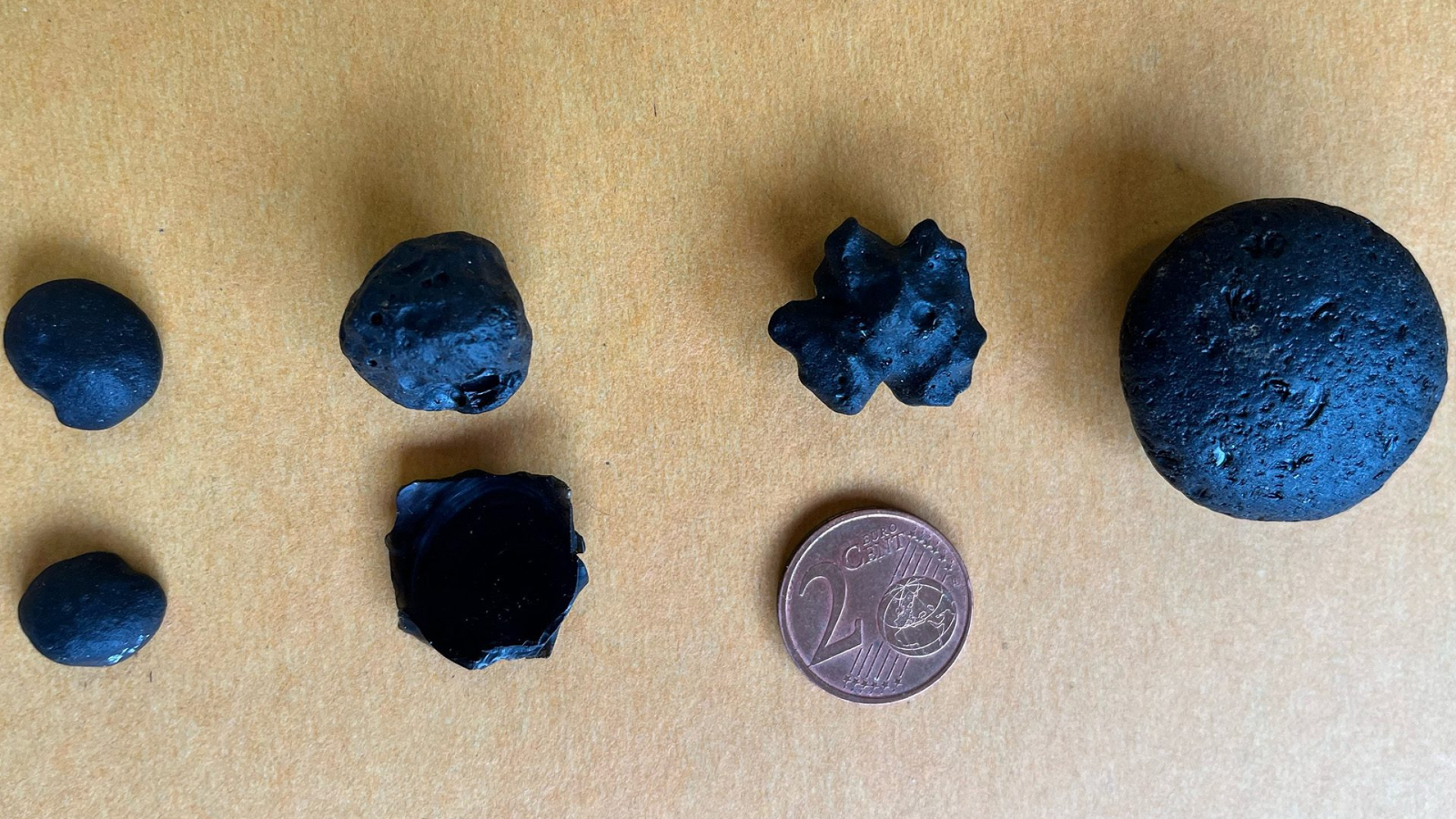NASA has discovered a massive gold deposit on asteroid 16 Psyche, a metallic-rich body located in the asteroid belt. This asteroid is estimated to contain $700 quintillion worth of metals, including gold, iron, and nickel, reports The Pulse. With such a colossal value, this discovery has the potential to transform humanity’s understanding of resource wealth in the cosmos, though the practical challenges of extracting these materials are significant.
This finding adds to the growing interest in asteroid mining. While the astronomical value of Psyche’s gold has captured public imagination, it also raises important questions about the potential impact on Earth’s economy and the feasibility of space-based resource extraction.
The Mission to Explore Asteroid 16 Psyche
NASA launched the Psyche spacecraft in October 2023, marking a critical step in its exploration of this metal-rich asteroid. Set to arrive in 2029, the spacecraft is tasked with mapping and analyzing the asteroid’s structure and composition, not for mining purposes but to gain insights into its formation. The findings of the mission could enhance our understanding of planetary cores, providing valuable data about the building blocks of planetary formation.
Over the years, NASA has identified over 1.3 million asteroids within our solar system, many of which are rich in valuable metals such as platinum, cobalt, and gold. Psyche, along with others like 241 Germania, is thought to be a remnant of a failed planet—an asteroid that holds remnants of a planetary core. These insights could reshape how we view the solar system’s formation and resource distribution, laying the groundwork for future space exploration efforts.
The Financial Implications of Asteroid Mining
In 2019, astronomers made headlines with estimates suggesting that the metal reserves of Psyche, which include iron, nickel, and gold, could be worth up to $700 quintillion. Such an enormous figure sparked excitement, with predictions claiming that every person on Earth could become a billionaire. However, extracting these metals presents significant challenges.
The technical hurdles include the immense cost of space travel, the difficulties of mining in a space environment, and the complex legal issues surrounding the ownership and rights to these extraterrestrial resources.
If mining these asteroids were successful, the resulting influx of precious metals could disrupt Earth’s financial systems. An oversupply of gold and other valuable resources could lead to their devaluation, which might cause inflation and destabilize global markets. Furthermore, the legal and economic implications of asteroid mining could lead to geopolitical tensions, as countries and private companies compete for access to these space-based resources.
Potential risks and rewards for Earth
Asteroids have long intrigued scientists, not only for their potential to reshape industries but also for their significant impact on Earth’s history. Some believe that asteroid impacts in the past played a key role in delivering essential elements for life, such as water and carbon. As a result, asteroids are seen not only as a potential risk—such as in the case of an impending collision—but also as a source of raw materials that could support life.
Asteroids like 2011 UW158, which is believed to contain $5.4 trillion worth of platinum, demonstrate the vast potential of space mining. However, these celestial bodies also carry risks. The DART mission, which successfully altered the trajectory of a small asteroid in 2022, highlighted the real dangers posed by these objects. As humanity considers the possibility of mining asteroids, it must balance the rewards of these resources with the protection of Earth from potential future impacts.


